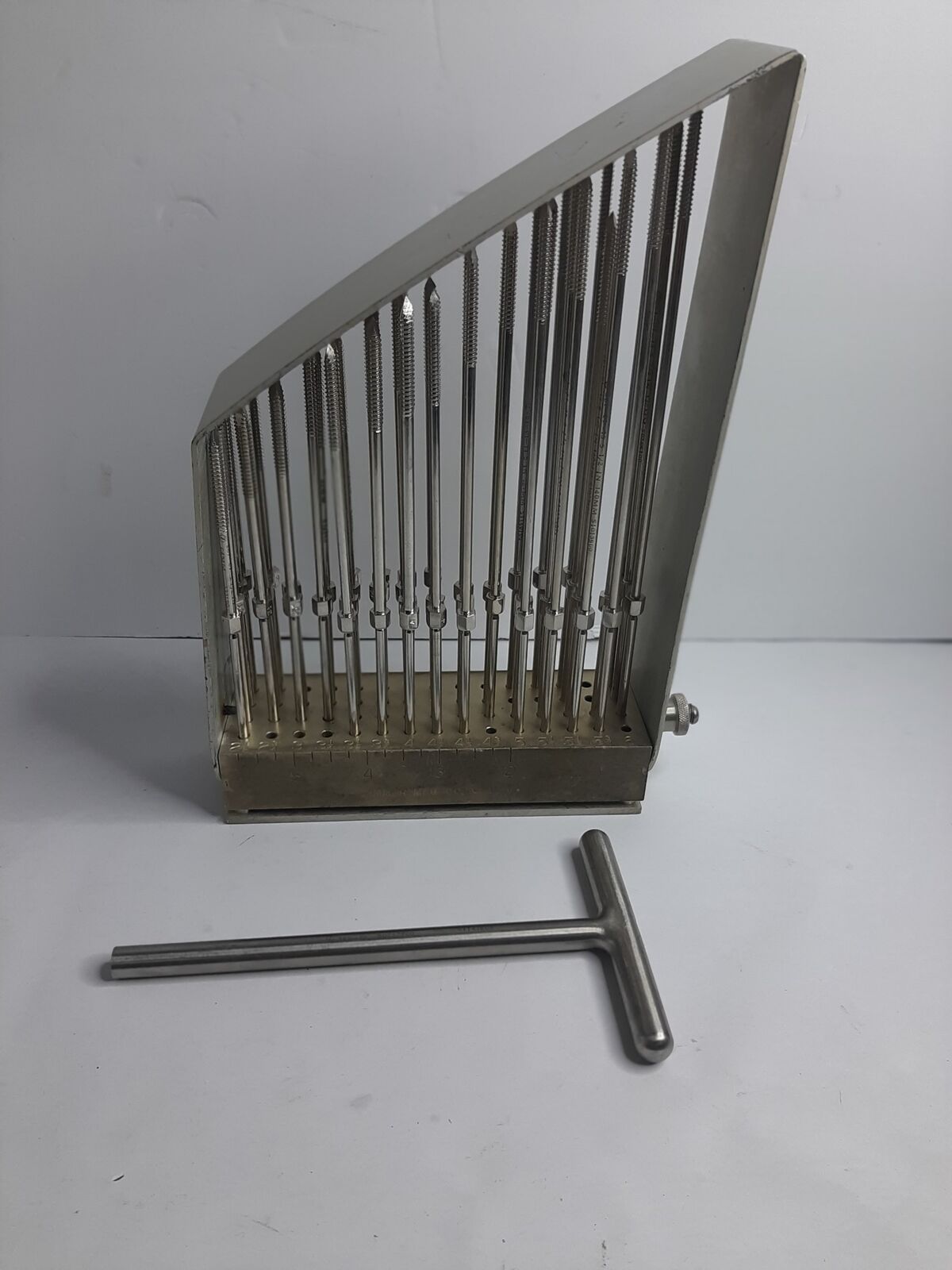-40%
Civil War Surgical Fleam, Scarificator. (bleeder in Original Box), 1850's
$ 224.4
- Description
- Size Guide
Description
Civil War Surgical fleam bleeder, circa 1850's fleam Scarificator.Bleeder in original box. Box is leather bound has signs of wear.
10 blades. Working?
I can’t pull the trigger and there is a screw missing.
Unmarked and needs to be polished to shine.
A Civil War surgeon used these bloodletting tools to try to relieve his patients' symptoms.
Bloodletting, or phlebotomy, is an ancient practice. Although we find the concept barbaric today, phlebotomy once was widely believed to save lives and restore good health. As late as the early 20th century, physicians used a variety of tools to release blood from the bodies of sufferers.
The examples featured on this page were used by James Haller of the 38th Ohio Infantry during the
Civil War. Haller was a doctor in Middletown, Ohio, before enlisting in 1861. His regiment participated in a number of battles, including Chickamauga, Mission Ridge, and Kennesaw Mountain. Haller was promoted to Assistant Surgeon of the regiment in 1863, a post which he held through the end of the war in 1865.
For centuries before the settlement of Kansas, almost anyone could practice medicine with little or no training. Even educated doctors had little information to help them diagnose and treat diseases. There were few good teaching institutions or laboratories, scarce books and supplies, and little information on how disease spread.
Out of Humor
Medical treatment essentially was based on the concept of four "humors" in the body; blood, phlem, yellow bile, and black bile. It was believed that physical and mental distress resulted when these humors were out of balance. Phlebotomy was used to re-establish the balance through the release of 16 to 30 ounces of blood. The body then was rebuilt through tonics and restoratives.
Bloodletting was accomplished by means of a variety of tools. Haller's kit includes all of the following examples.
Lancets are surgical knives used to incise veins for the greatest yield of liquid. Cuts generally measured about 1/5 of an inch in length. Spring-loaded lancets were easiest to use because they made consistent cuts, an improvement over hand-controlled lancets whose cuts varied depending on the skill of the physician.
Scarificators also offer a standardized depth and length of cut. The lever on top of the brass box releases a set of blades that snap
out of the slits on the base
. Most models have 12 blades, although some have up to 20.

















